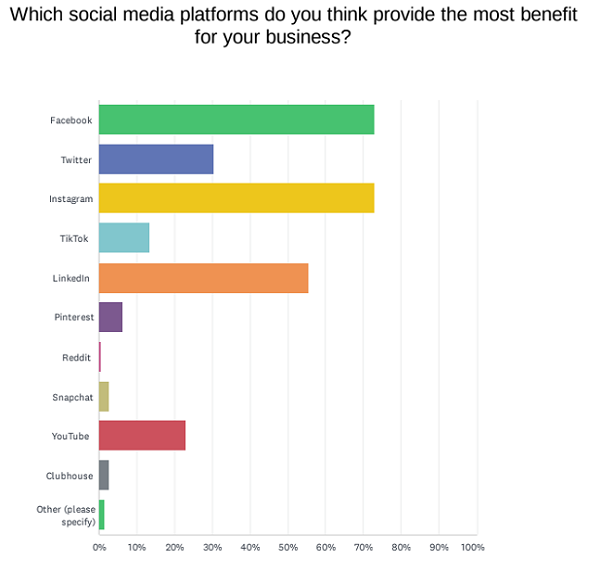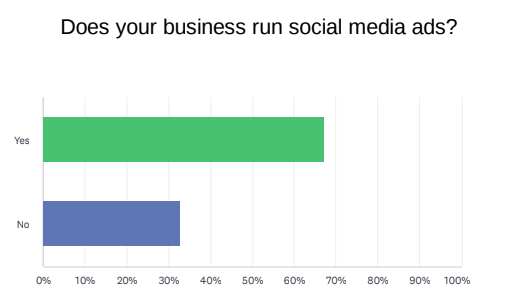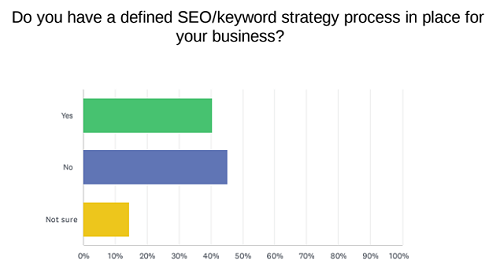Social media monitoring can provide huge strategic value – but in order to maximize your usage of the process, you need to not only be tuning in to the right conversations, but you also then need to understand how they apply to your digital marketing approach.
Learning that people are critical of one aspect of your brand, or your competition, is interesting, but it’s only valuable if you can action it – so how can you turn your social media insights into real, practical steps that you can take to boost your overall marketing performance?
That’s what we sought to determine in our first research report of the year, conducted in partnership with Meltwater. We gathered feedback from more than 650 professionals, across a range of industries, in order to learn what marketers are learning from their social listening program, and how that translates to their strategic communications process.
This summary is part of our larger State of Social Listening report, which you can download in full here, while you can also check out part one and two of our report summaries as well.
Part III – Strategic Considerations
Gleaning insight is one thing, but making it actionable is another step altogether – which is reflected in the insights we gleaned as part of our survey.
For example, while Twitter is the key platform of focus for social media monitoring in general, businesses are actually seeing more benefit from Facebook, Instagram and LinkedIn, in terms of direct response and referral traffic.

The question we’ve posed here is a little more vague – how you define ‘benefit’ will be relative to your business – but it does seem that Twitter, despite providing more direct insight, is considered less valuable for most brands.
Does that mean that social media monitoring is less valuable, or that the data that can be gleaned on Twitter can then inform strategies in other apps, which then drives more valuable business outcomes?
Well, we also know from our survey that social listening is a key strategic element for around 80% of brands, so it’s clearly providing value, which would point to Twitter being an important research tool, though it’s seemingly less important for generating traffic or driving sales activity.
Facebook and Instagram, of course, have far broader reach, while LinkedIn is big for B2B in particular. But it’s also worth noting the relatively low results here for TikTok, Pinterest and Snapchat here, and even YouTube to a degree. TikTok now has more than a billion users, while YouTube has over 2 billion actives, and Snapchat reaches over 90% of the US Gen Z population. It seems that these platforms are getting less focus, either because Facebook and Instagram are simply better at driving audience response, or businesses don’t quite know how to approach brand building on these other apps.
Indeed, Facebook and Instagram both offer dedicated brand tools, which are not as readily available, or even accessible, in these other apps. Maybe these platforms would benefit from providing simplified brand profiles and tools, while there may also be expanded opportunities for businesses that invest more time into these other apps, and learn the key processes that could help them drive direct business activity.
TikTok and Snapchat are developing a range of tools on this front, which could make them more valuable, while YouTube is considered the second-biggest search engine in the world, with many people seeking video answers to questions, which they’re often referred to direct from Google Search. Tapping into those insights could drive real value for your social media monitoring process, and it could be worth investing more time into tools that can help you understand YouTube search trends, and the questions that people are seeking answers to in your niche.
Worth noting, too, that majority of respondents to our survey do run social media ads, which would suggest that understanding such trends would, again, be of major value, with respect to targeting, platforms of focus, etc.

One final aspect we sought to better understand was SEO, which is not directly linked to social media marketing, but obviously benefits from the same data – i.e. if you know what people are looking to understand about your business and products, you can better tap into relevant searches, which could be another way to drive traffic.
Interestingly, most of the respondents indicated that they do not have a defined SEO process in place.

That’s another key opportunity, with search still driving the majority of referral traffic for most websites. If you’re not at least aware of how people are searching for your business, you’re likely missing opportunities, and by combining your social listening insights into your SEO process, that could be a recipe for improved search ranking, and better results from your target customers.
Staying across each aspect of discovery is important to help maximize your opportunities, and it seems that there could be more ways for brands to utilize their monitoring insights to better formulate a more strategic, informed approach to their marketing effort.
You can download our full State of Social Listening Report, in partnership with Meltwater, here.



